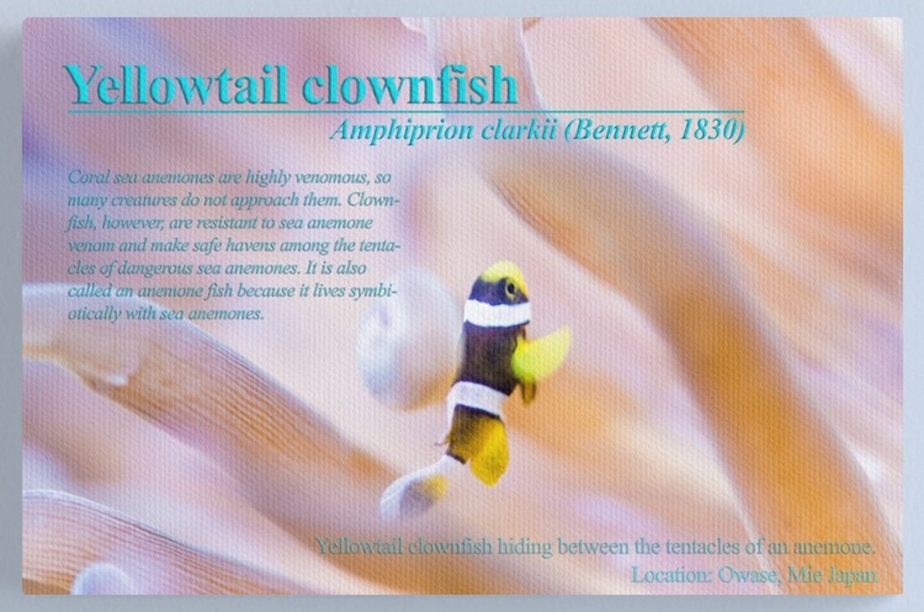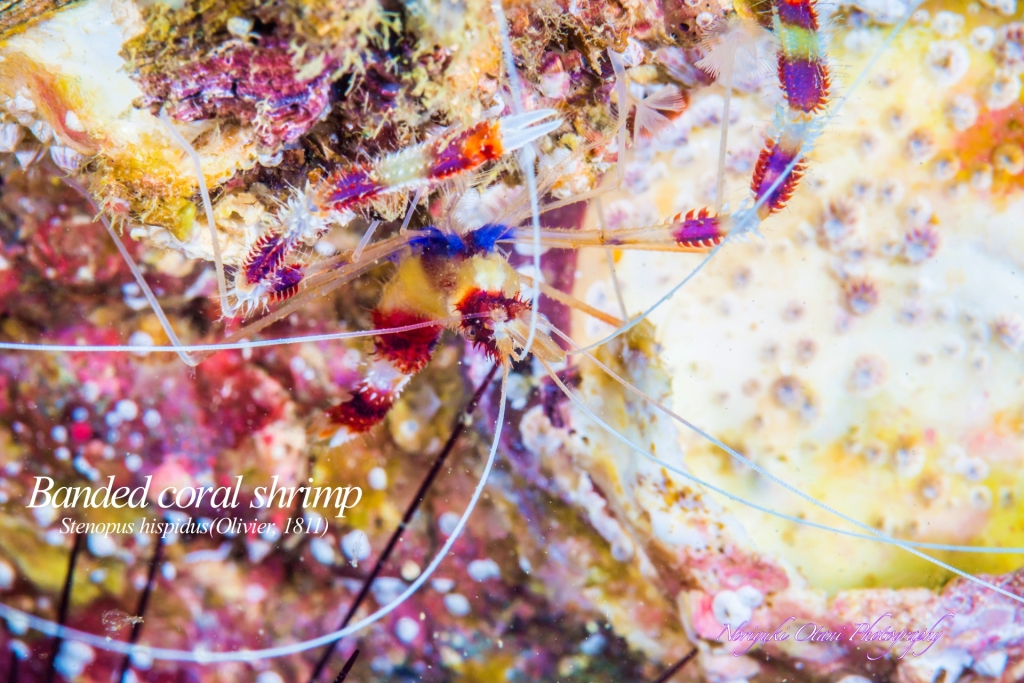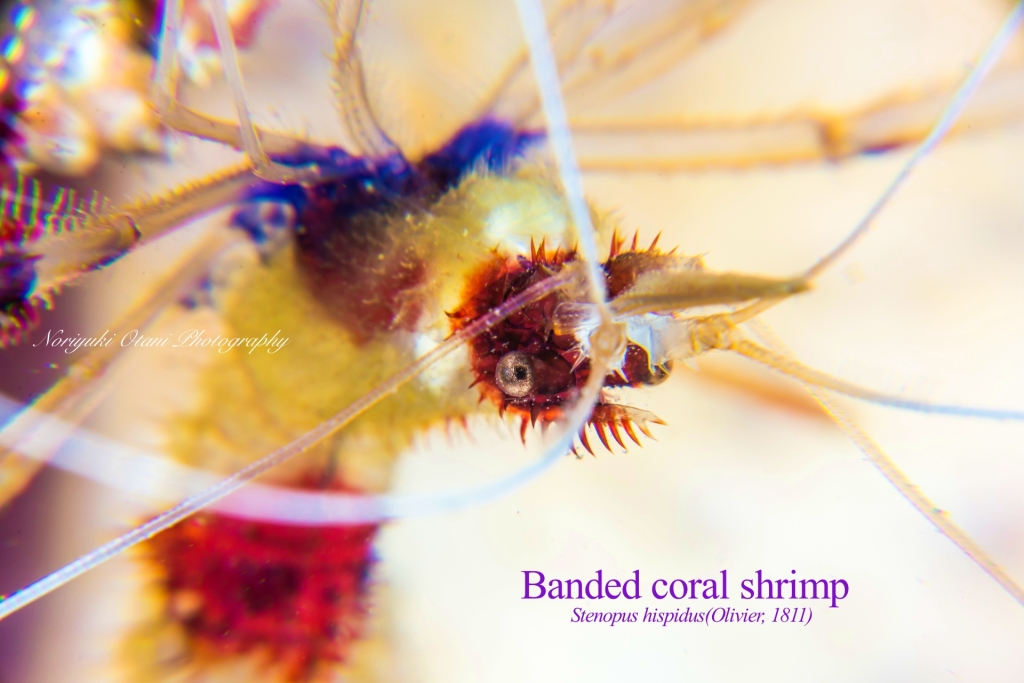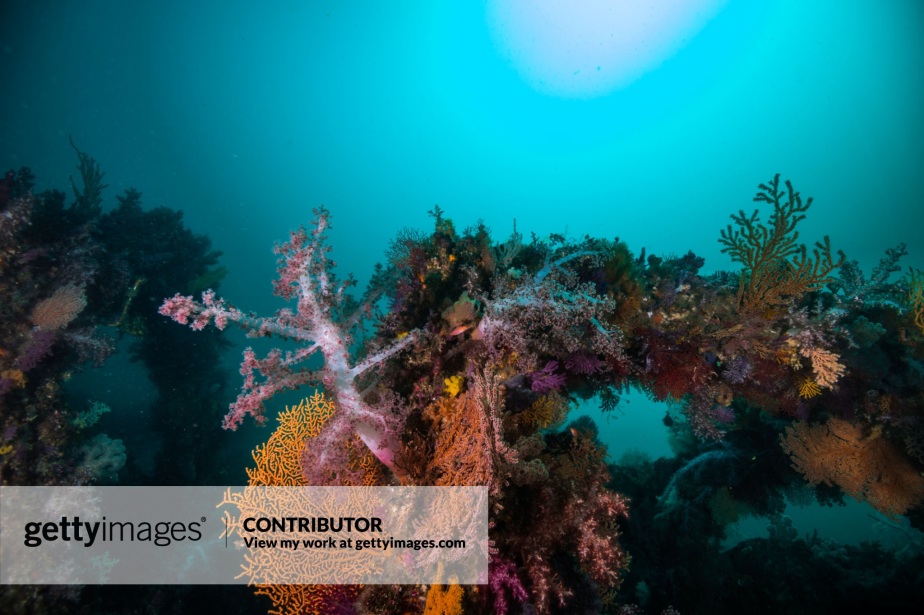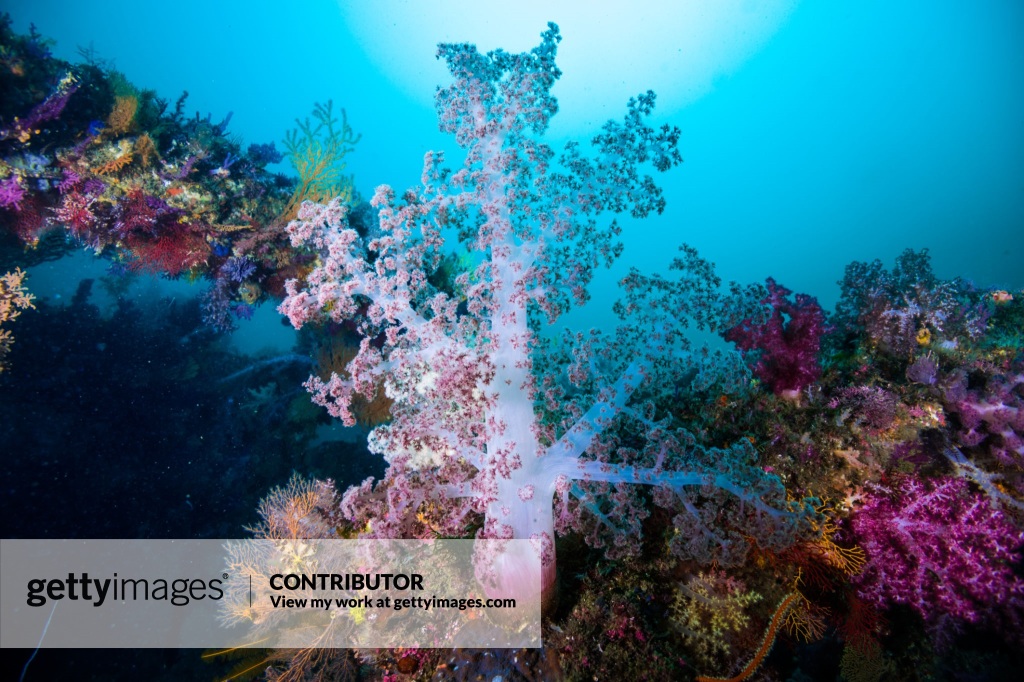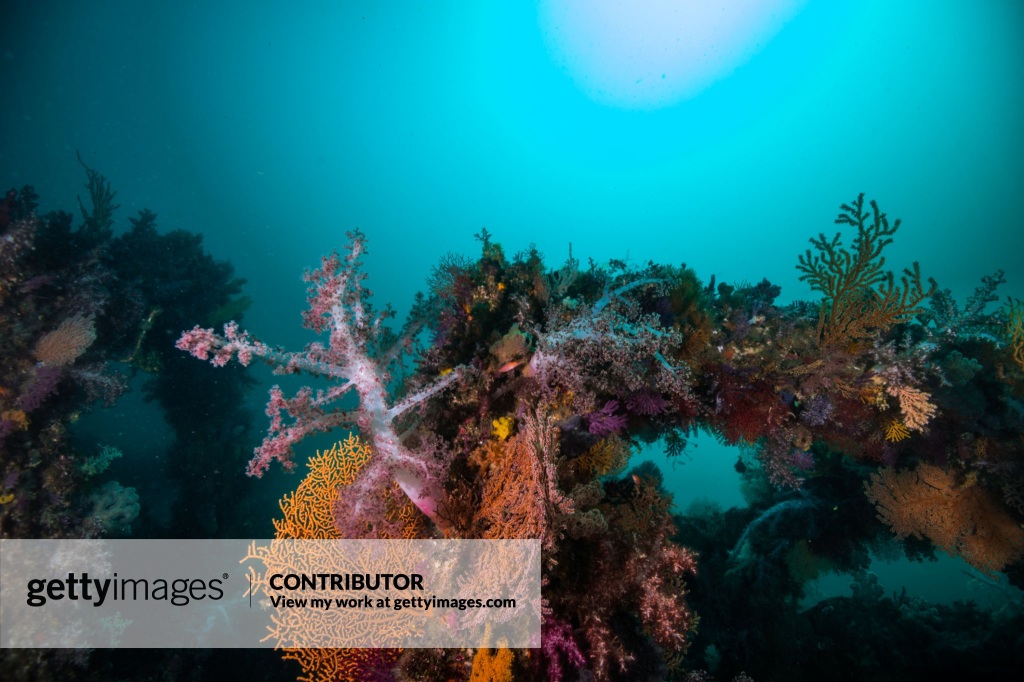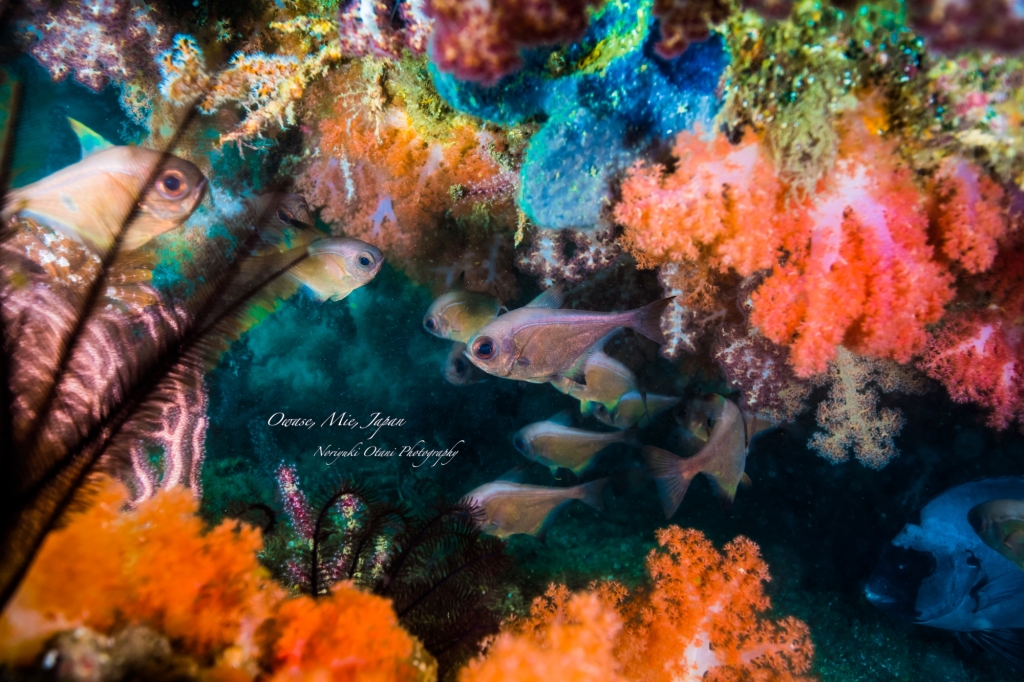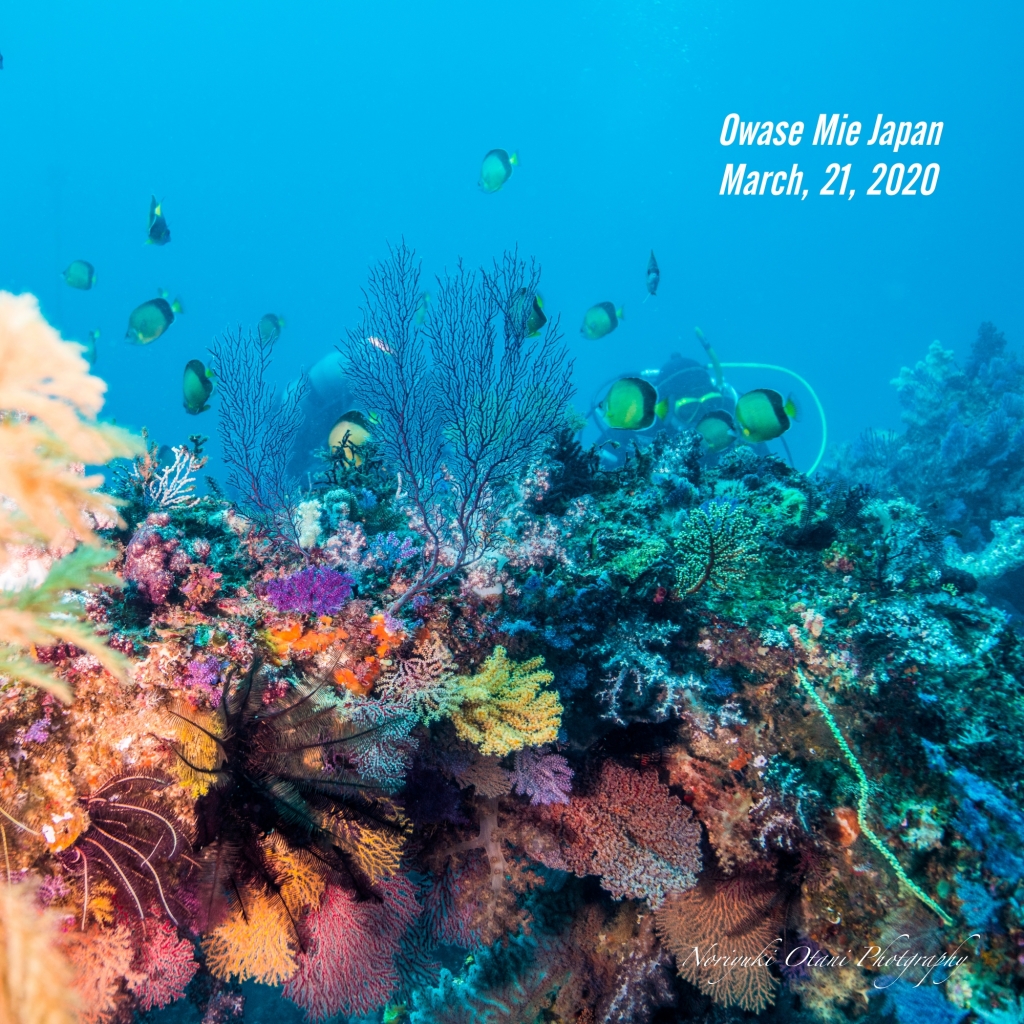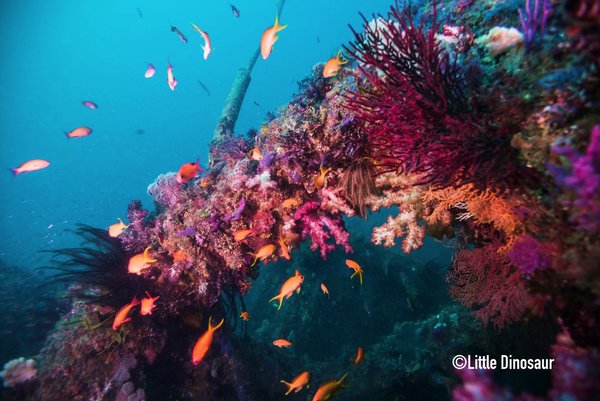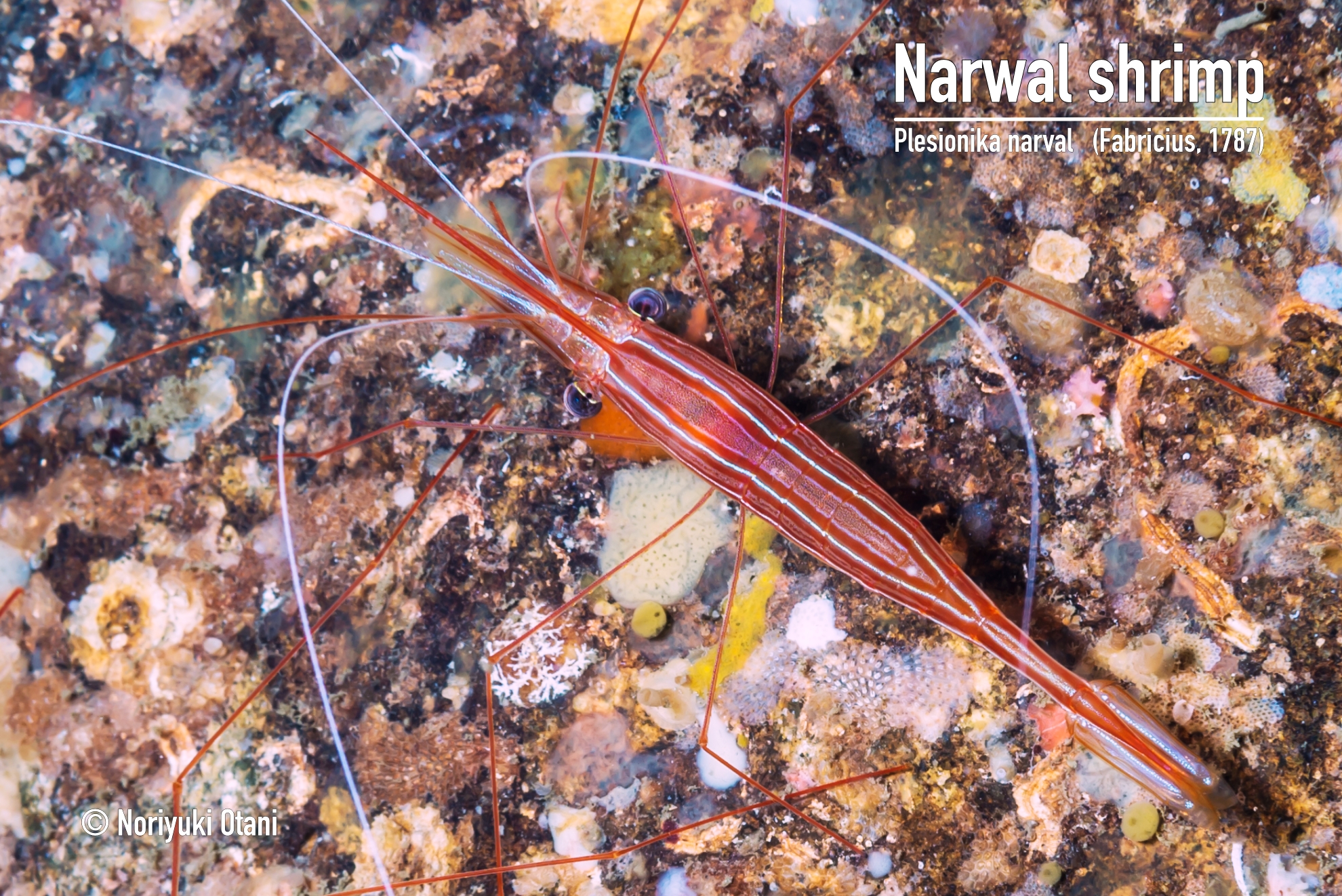Amphiprion clarkii (Bennett, 1830) Yellowtail clownfish
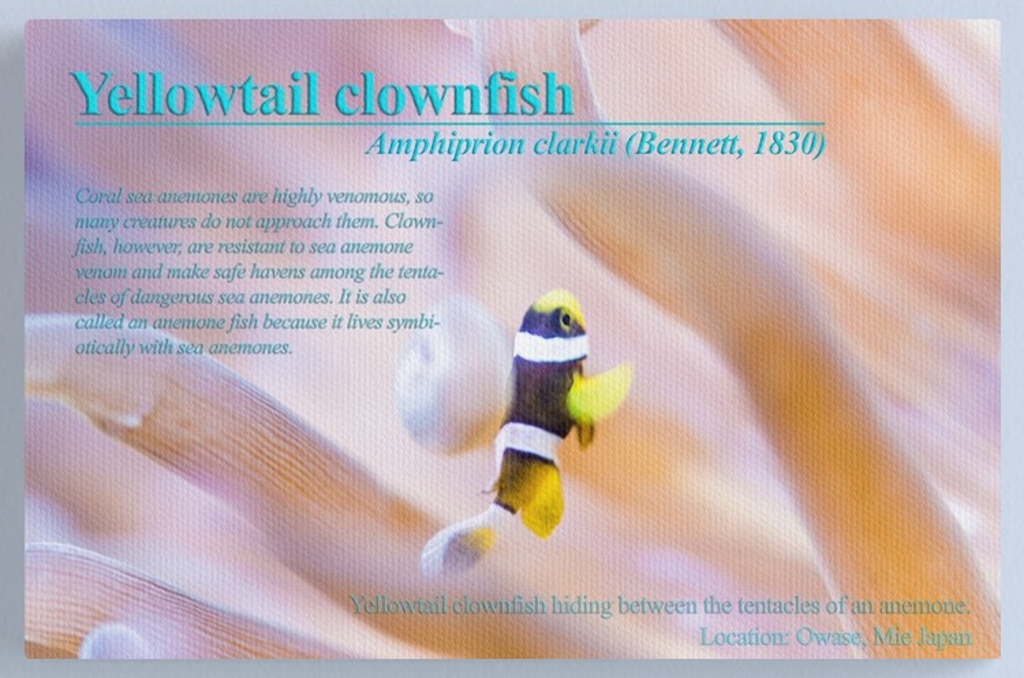
I create goods like T-Shirt, iPhone-cover and so on. Please visit my shop, by clicking this photo.
This pic, I shot a few years ago at Owase, Mie, Japan. Owase is a small city that belongs to the temperature zone, even though, the colorful tropic scenery under the sea.
Year after year, the seascape is reaching tropical, I feel.
When I started Dive in Owase, about 30 years ago, I couldn’t watch young Yellowtail clownfish. Yellowtail clownfish was the fish that visited from the tropical zone to the temperature zone and couldn’t overwinter so cold as “extinct migratory fish”.
Two decades years ago or so, We often watch adult Yellow clownfish in early spring. We were surprised to know that they were over winter.
And recently, We can see cute small Yellowtail clownfish easily.
It is or not concerned with the earth’s temperature rising, I don’t know.
I can only say that nature is great!
Location: Owase, Mie Japan


